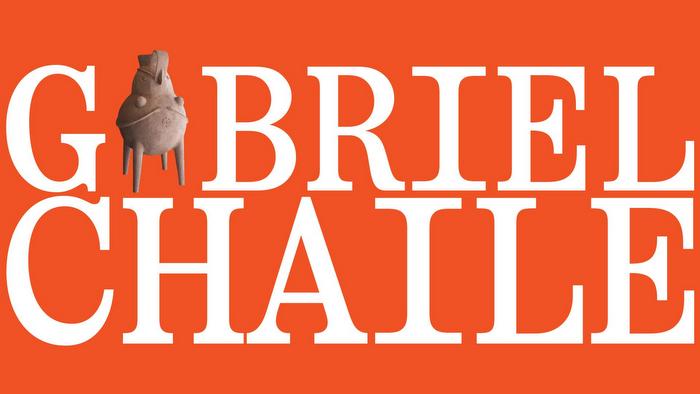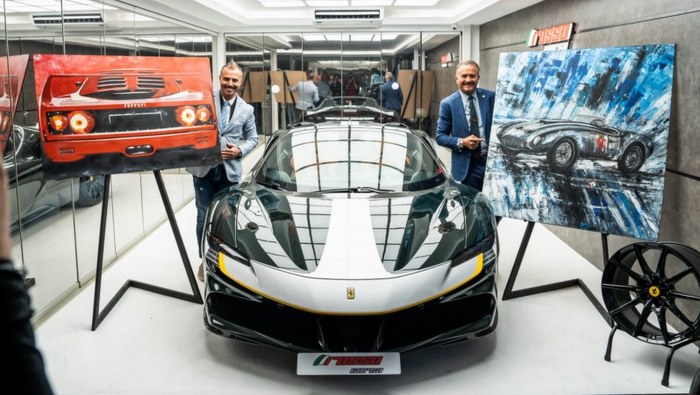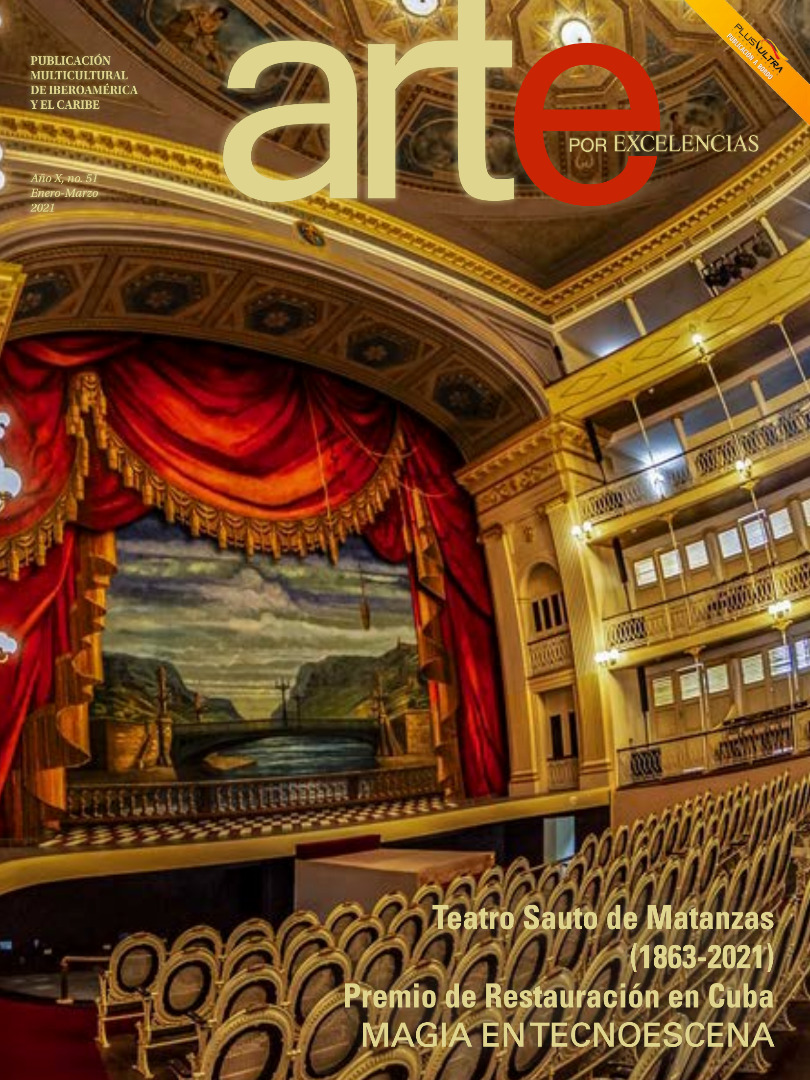 The renowned Cuban artist living in the United States, Carlos Estevez (1969), presents his first solo show in Lima. To Carlos Estevez, his work is as a sum of fragments into a same goal: the ability to understand no matter how brief an experience may be, the sum of each go threading our being.
The renowned Cuban artist living in the United States, Carlos Estevez (1969), presents his first solo show in Lima. To Carlos Estevez, his work is as a sum of fragments into a same goal: the ability to understand no matter how brief an experience may be, the sum of each go threading our being.
One of the most renowned artists and collected of his generation, in the words of Carol Damian (University of Miami): "Carlos Estevez joins the ranks of artists who have dedicated his artistic work to the exploration of humanity in the field of universal existence.”Each one of the works that makes up the exhibit is a visual reflection that collects his interest in unraveling the mysteries of existence, in this transit vital that we set for ourselves every day.
The exhibition consists of a group of about 15 works worked in acrylic fabric on large and medium formats.
Estevez is a graduate of the Higher Institute of Art, Havana, Cuba in 1992 and received the Grand Prize of the First Exhibition of Contemporary Art Cuban in 1995.
According to art critic Jorge Bernuy, Carlos Estevez has actively shared the approaches that have underpinned the newest from the beginning of his career.
He began to consider a number of formal and conceptual questions which have led to setting up a deeply relational work with art for art and life. The artist of wide culture and solid intellectual platform has drawn on medieval literature, treaties on philosophy, esoteric and religious books in a reflective process. It may be placeable in the cultural and artistic context that has characterized the XX century.
His interest in the environment, poetry, science everything that has helped nurture his spirit makes him a true creator of this century with a privileged place in contemporary art. But he cares about the shape, through which he expresses a sense visibly, a concept. To it is tied with regard to the spirit whose meanings can be transmitted as the viewer as aesthetic and existential experience.
It is difficult to classify the work of Carlos Estevez following known patterns of artistic movements; he works with found objects, toys, soldier, threads, needles watches that are transformed into part of his history. It would be appropriate to take the contemporary surrealism as the logical antecedent turned into particular propositions and innovative approaches. For this purpose he has exploited, studied and has poked inside and in a manner lush, powerful in his superficial and deep expression. The formal and conceptual route the artist has taken to express through his language stems from the philosophical interpretation of his world. His entire figurative scheme should be treated as a metaphor for spiritual proposals. Postures that are precisely rooted in man and the human condition. It is possible then to confirm that while more mysterious his work is, his conceptual meaning is more human. It has consistency of the permanent, of the continuous, stable of the core values.
Often, without providing a specific speech Carlos Estevez is opening the viewer the chance to make his own personal interpretation. Without abandoning their local traditions both the viewer as the creator are free. "Achieving the impossible" absurdity achieves an extraordinary success of balance in this painting: the elephant posing on all fours on a golden ball with a grace almost acrobatic.
Estevez painting communicates through the form of sign. The images, therefore, should be expressed with immediacy; they should not be translated by words. Thus we see a number of musical instruments like the oboe becomes a snake or a guitar the body of a woman in the "Chamber Orchestra".
We are facing a great teacher; a work where signs, symbols, free and linear graphics, chromatic lyricism confluence. Carlos Estevez, the artist claims our attention through clever and contrasting approach to his work. On the one hand we are confronted with attractive colored surfaces and on the other how he violently profanes that virtuous space with geometric lines and winged characters highlighting the contradiction between the figurative and the abstract; between the flat of color surfaces and the areas worked with fine textures.
The exhibition of paintings PLENILUNIO of Carlos Estevez can be accessed until July 31 from Monday to Saturday from 11:00 a.m. to 8:00 pm - ENTRY FREE

Publicaciones relacionadas

Próximamente "Margaret Whyte - Tiempo de escuchar"
Noviembre 01, 2024


















